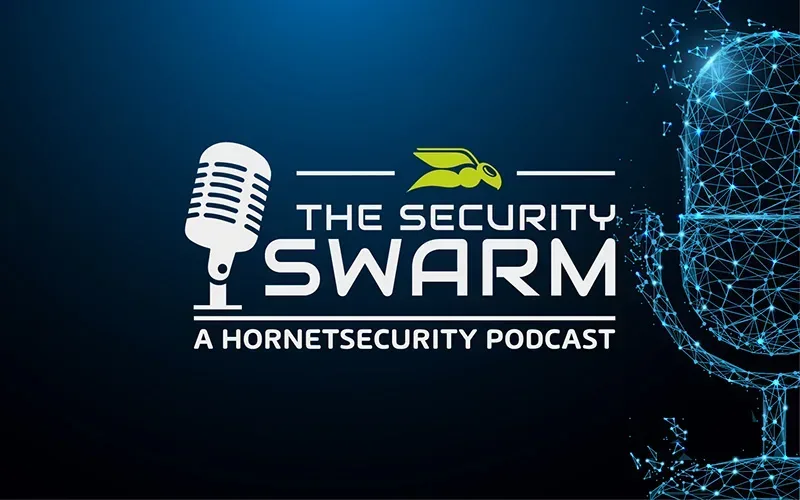

The Magic Behind DMARC, DKIM, and SPF?
In this episode of the Security Swarm Podcast, host Andy and his guest Michael Posey discuss the email authentication protocols of SPF, DKIM, and DMARC. They explain what these protocols are, how they work, and why they are important for protecting against email spoofing and impersonation attacks.
Michael shares his insights from working with MSPs and the channel, noting that while these protocols are not overly complex, they are often overlooked or misunderstood by IT professionals. The hosts dive into the specifics of each protocol – SPF defines which mail servers are allowed to send email for a domain, DKIM adds a cryptographic signature to validate the message’s origin and integrity, and DMARC ties the two together to specify how receivers should handle authentication failures.
The discussion covers the benefits of these protocols in improving email security and reputation, as well as the importance of adopting them industry-wide to reduce impersonation tactics used by threat actors. The hosts also touch on the history of cryptography and the need to layer security controls rather than relying on any single solution. Overall, this episode provides a comprehensive overview of these essential email authentication standards.
Key Takeaways:
- SPF allows domain owners to specify which mail servers are authorized to send email on behalf of their domain. This helps prevent domain spoofing.
- DKIM Uses cryptographic digital signatures to verify that an email message was sent by the owner of a given domain and has not been tampered with in transit. This adds an extra layer of authentication.
- DMARC Brings SPF and DKIM together, allowing domain owners to specify how the receiving mail server should handle messages that fail authentication checks (e.g. quarantine, reject). This provides a standardized policy for handling unauthenticated emails.
- The adoption of these email authentication protocols is increasing, with SPF now used by over 90% of domains. As more organizations implement these standards, it becomes harder for threat actors to successfully impersonate domains through email.
- While these protocols are valuable tools, they should not be relied upon as the sole security measure. They are one layer in a comprehensive email security strategy that also includes user education, spam filtering, and other security controls.
Timestamps:
(05:50) SPF (Sender Policy Framework)
(11:23) DKIM (DomainKeys Identified Mail)
(16:11) How DMARC brings SPF and DKIM together
(21:32) Key Protocols for Security and Compliance
(24:11) Defense in Depth
Episode Resources:
